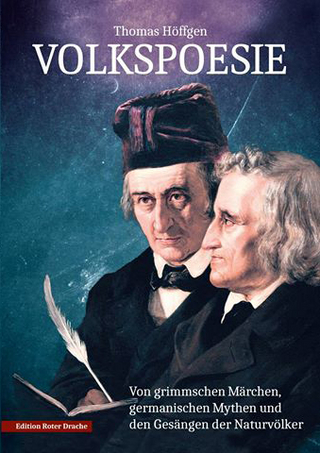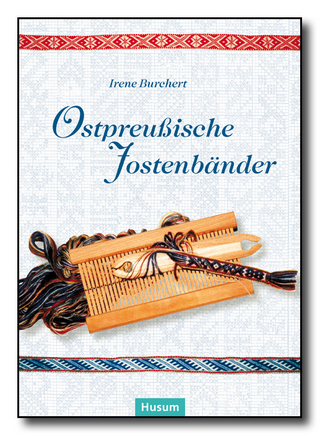
Infibulation
Routledge (Verlag)
978-1-56000-841-5 (ISBN)
As Hicks demonstrates, much of the popular resistance to official efforts to eradicate infibulation has actually come from women. Circumcision constitutes a rite of passage for female children. It initiates them into womanhood and makes them eligible for marriage. Often, this is the only positive status position available to women in traditional Islamic societies. Hicks points out that although female circumcision predates the introduction of Islam into the region, the religious culture has successfully codified infibulation into the structural nexus of marriage, family, and social honor at all socioeconomic levels.
Esther K. Hicks was senior researcher with the faculty of management and organization at the University of Groningen in the Netherlands.
Figures, Maps, Plots, and Tables
Preface xi
Introduction
1. Infibulation: Description, Function, and Diffusion
Function: Indigenous and Academic Perspectives
Diffusion
2. The Socioeconomic Distribution of Infibulation
Pastoralism in Northeastern Africa and the Sudan
Pastoral-Rural-Urban Interaction and Infibulation
3. Infibulation in the Social Nexus
Closed Cultural Systems
Islam: A Closed Cultural System
Social Space in Islamic Societies
Gender Identification and Differentiation in Open
and Closed Cultural Systems
The Status Position of Women in Infibulation-Practicing
Societies
Marriage Customs and Laws: An Overview
Male Absenteeism, Sexual Abstinence, Sleeping
Arrangements, and Infibulation
Fertility Levels and Patterns, Mortality and Birthrates,
Sex Ratio Distribution, and Infibulation
4. Methodological Approach and Research Strategy
The Problem of Sources
Sample Selection and Statistical Analysis
Statistical Analysis
The HOMALS-technique
5. Infibulation and the Composite Variables
The Variables Considered
Marriage, Status, and the Practice of Infibulation
Early Marriage and Infibulation
The Composite Variables
6. The Future of Infibulation
| Erscheint lt. Verlag | 31.1.1996 |
|---|---|
| Verlagsort | New York |
| Sprache | englisch |
| Maße | 152 x 229 mm |
| Gewicht | 362 g |
| Themenwelt | Sozialwissenschaften ► Ethnologie ► Volkskunde |
| Sozialwissenschaften ► Soziologie ► Spezielle Soziologien | |
| ISBN-10 | 1-56000-841-5 / 1560008415 |
| ISBN-13 | 978-1-56000-841-5 / 9781560008415 |
| Zustand | Neuware |
| Haben Sie eine Frage zum Produkt? |
aus dem Bereich


